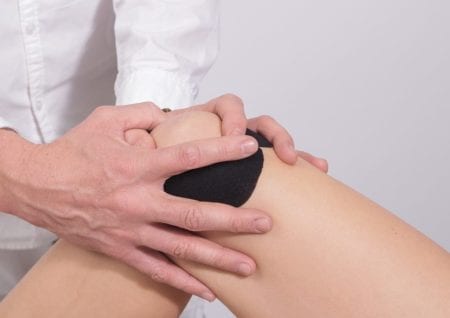 Sports massage, otherwise known as isometric massage is primarily designed to increase muscle mass. It is used in disease states where there has been a significant reduction. It could have been caused by a disease process as well as inactivity due to injury. This physical treatment can be successfully introduced as a supplement to strength training.
Sports massage, otherwise known as isometric massage is primarily designed to increase muscle mass. It is used in disease states where there has been a significant reduction. It could have been caused by a disease process as well as inactivity due to injury. This physical treatment can be successfully introduced as a supplement to strength training.
The basic condition for using this type of massage is the situation when the patient has at least a strength of 4 on the Lovett scale (he can perform an active movement against a small resistance).
Performing an isometric massage requires prior manual tissue preparation. During the procedure we can distinguish three main phases.
1. Preparation of tissues through the use of classical massage techniques
2. The right isometric massage
3. Relieving the state of tissue stimulation
The proper phase of the isometric massage is based on successive series of massage muscles in the isometric contraction state. This condition occurs when the muscle increases its tension without changing its length.
The patient must work closely with the therapist. On the command “start” should stretch the appropriate muscle group, while the slogan “stop” should provoke an immediate cessation of activities.
The isometric phase is extended in each series if the patient’s condition allows it. Then it is 2,4,8,16,32 and 40 seconds. In the intervals between the series, the muscles are intensively massaged for 1 minute.
Importantly, the contraction time can not be extended beyond the indicated 40 seconds.
Finally, there is a gradual phase of silencing with simultaneous reduction of the intensity of the techniques performed.
The overall treatment time is 20-30 minutes,
To achieve the desired effect, a minimum of 10 consecutive treatments should be performed. Before using an isometric massage, it is worth familiarizing yourself with the following contraindications to its implementation.
- Significant vascular changes that pose a risk of damage during massage
- Myopathy
- Myotonia
- Neurological diseases with muscle spasticity (MS, stroke, etc.)
- Muscle wasting progressive
- Muscular dystrophy
- Skin changes that make it impossible to perform a massage
- High reactivity of the patient to the massage
- Regular use of sports massage increases muscle mass, and accelerates convalescence after injuries of the musculoskeletal system.
Picture Credit: anna3416
